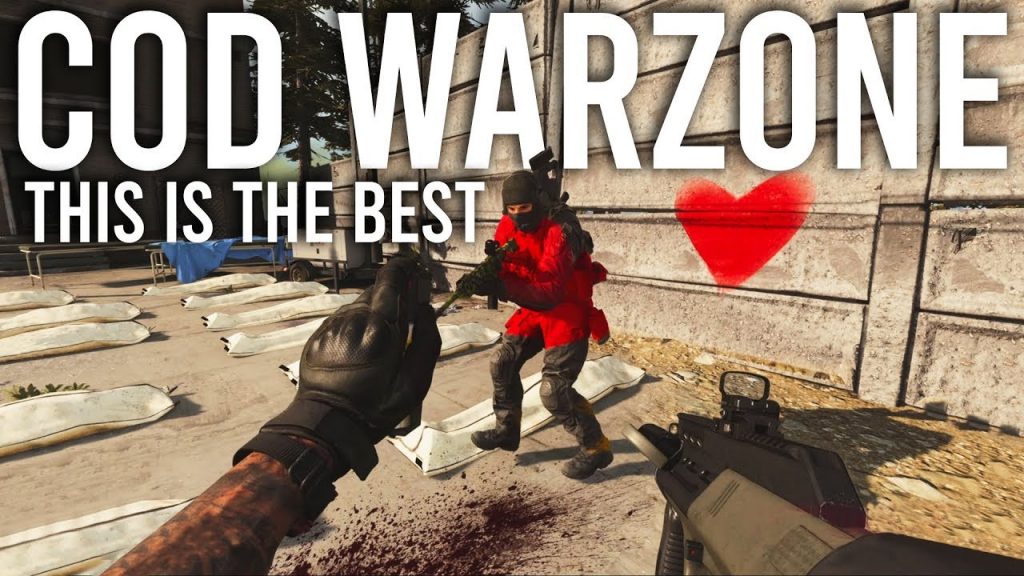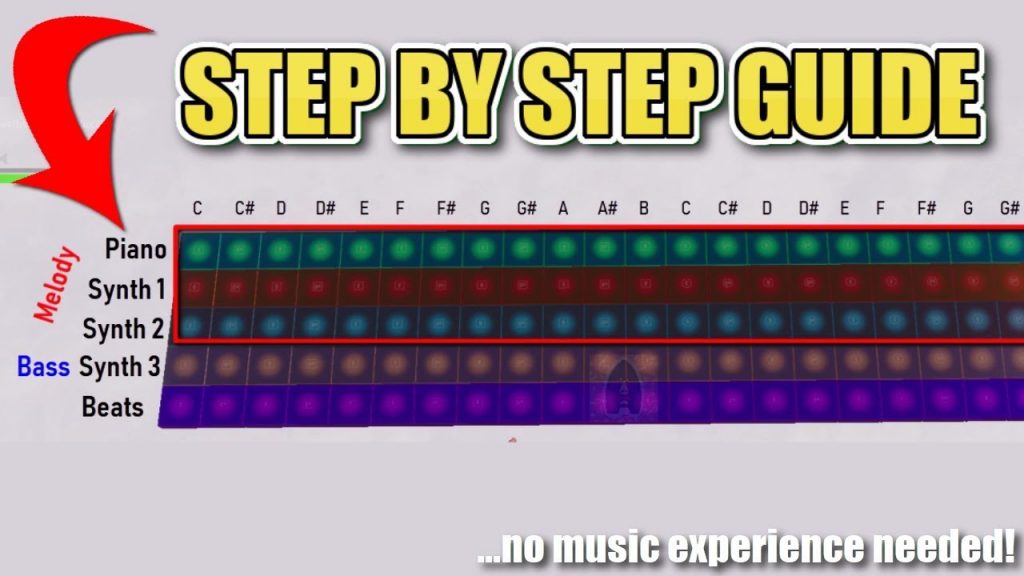The Big Problem With Google Stadia

The more details we get on Stadia, the worse it seems.
Stadia is a cloud gaming service operated by Google, said to be capable of streaming video games up to 4K resolution at 60 frames per second with support for high-dynamic-range, to players via the company’s numerous data centers across the globe, provided they are using a sufficiently high-speed Internet connection.
What steps is Google taking to address the latency issue and improve Stadia’s technology?
The Big Problem With Google Stadia
Google Stadia is a cloud gaming service that allows users to stream video games on multiple devices. The service has gained traction in recent years with its promise to provide high-quality gaming experience without needing expensive gaming equipment or console. However, despite its popularity, there is one big problem with Google Stadia: latency.
Latency is the delay between when a player inputs a command and when the game responds. It is a crucial indicator of gaming performance as it can significantly affect the player’s experience. In the case of Google Stadia, while the service promises to provide a lag-free experience, in reality, this is often not the case. Many users have reported latency issues while streaming games on Stadia, making the game unplayable.
The problem with latency on Google Stadia can be attributed to the fact that the service is cloud-based. This means that the game is running on remote servers, and the input from the player must first travel to the server before the game responds. As a result, the player might experience a delay in response as the data travels back and forth between the server and the device.
Another contributing factor to the latency issue on Stadia is the user’s internet connection. Google Stadia requires a stable and fast internet connection to function correctly. If the internet connection is weak or unstable, the data transmission will be disrupted, leading to lag and a frustrating gaming experience.
Google has tried to address the latency issue, but it is still prevalent. The company has reduced the input lag by using a new feature called Stream Connect. Stream Connect allows players to split the screen into multiple views, making it possible for players to see the game from different angles. However, this feature does not address the root cause of the latency issue.
Another issue that adds to the latency problem is the lack of content on Google Stadia. Currently, the library of games available on the platform is limited, making it less appealing to gamers. Without enough content, players are less likely to use the service, which leads to less investment in improving the technology.
In conclusion, while Google Stadia has the potential to revolutionize the gaming industry, there is one significant obstacle standing in its way – latency. Google must take necessary steps to ensure its cloud gaming service delivers a seamless and lag-free gaming experience. Improving the content library, enhancing the technology, and addressing the internet connection requirements are critical steps in achieving this goal. Until then, the latency issue remains the big problem with Google Stadia, limiting its full potential.









Call of Duty Warzone is the best Battle Royale
Top 10 NEW Medieval Games of 2020
Samurai Jack: Battle Through Time – Official Announcement Trailer
All 23 New Switch Games ANNOUNCED & Release Date Update For Week 1 August 2019 | Nintendo News
25 Best Mobile Games